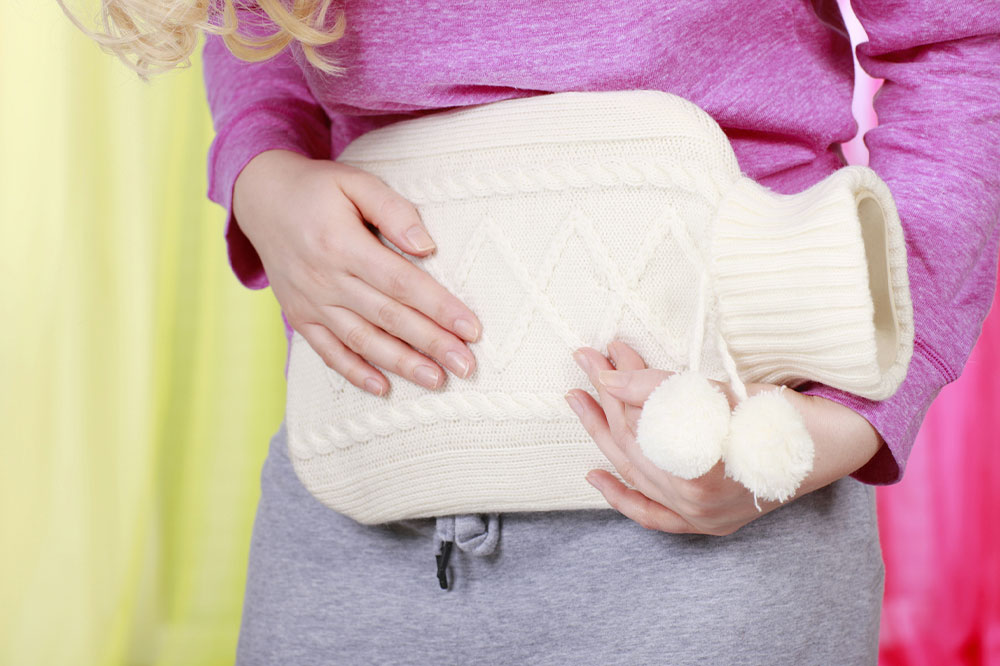
Heat cramps – Symptoms, causes, and prevention
If one is experiencing muscle cramps and feeling hot and sweaty, it is most likely due to heat cramps. Heat cramps are caused due to the loss of hydration due to excessive sweating, and electrolytes. Sweating causes the body to lose critical nutrients, which can cause muscle tightness. Heat cramps are painful and uncontrollable muscle spasms during vigorous exercise in hot weather. The spasms may be more intense and persistent than ordinary nighttime leg cramps.
What are the telltale indications and symptoms of heat cramps?
The signs and symptoms of heat cramps include the followings:
Heat cramps are one of the first indications of heat-related sickness.
One of the important symptoms of heat cramps is that the muscles tighten and harden. It can usually be noticed that whichever part of the body is experiencing heat cramps, that part begins to stiffen.
Muscles that are stretched are more likely to cramp. Leg cramps are typical among football players and runners, but those who transport heavy objects on the job may feel cramps in their arms or core trunk muscles, such as their abdominal muscles (rectus abdominis).
People may also suffer heat exhaustion if they have a headache, nausea, vomiting, weakness, or lightheadedness. Heat stroke is a dangerous medical emergency that can occur when people cease sweating and become feverish.
Heat cramps usually subside within 30 to 60 minutes of ceasing strenuous activity; however, this can vary. They may also emerge and disappear regularly.
Heat cramps can occasionally lead to major heat-related illnesses such as heat exhaustion and heatstroke. Heat exhaustion occurs when fluid and electrolytes are significantly lost due to prolonged exposure to severe heat. If heat exhaustion is not treated, it can lead to heatstroke, a potentially fatal sickness when your internal body temperature rises above 104 degrees.
What are the causes of heat cramps?
Heat cramps can occur due to strenuous exercise in a hot climate. It’s caused by the rising body temperature and electrolyte loss through sweat. There could be various causes of heat cramps. However, they are most likely related to electrolyte imbalances. Electrolytes contain many essential minerals, such as calcium, magnesium, sodium, and potassium. They participate in the chemical activities that take place in the muscles. An imbalance can lead to heat cramps.
Sweat includes a substantial amount of sodium, and drinking liquids with low sodium can result in hyponatremia, a dangerous low-sodium condition.
What is the most effective way to prevent heat cramps?
According to the Centers for Disease Control and Prevention (CDC), air conditioning reduces heat-related illnesses. The best way to avoid heat cramps is to avoid hot, humid situations, primarily when engaged in strenuous physical activity.
Some people can’t help but be outside on hot days. In such cases, keeping the body temperature from rising too quickly is important. The following are some techniques for the prevention of heat cramps:
Drink plenty of water or other beverages to remain hydrated.
Eat electrolyte-rich foods, especially before outdoor activities in hot conditions.
Dehydrating beverages like caffeine should be limited or avoided.
When it’s hot outside, avoid strenuous outdoor activities.
If one’s home needs to be air-conditioned, use cooling centers in the neighborhood.
If one is vulnerable and lives alone, a neighbor or a local official must check on such a person regularly.
How is heat cramp treated?
One can treat heat cramps on their own. However, the best treatment for heat cramps to relieve pain and soothe cramping muscles is to:
Have a snack or drink a sports beverage to replace electrolytes and carbs. Repeat this method every 15 to 20 minutes to prevent cramps from recurring.
Whenever possible, get out of the heat and cool down.
Gently stretch and massage the cramping muscle.
Apply a cold item, such as an ice pack, to the muscle.
Generally, heat cramps can be treated at home. Here are a few methods to treat a heat cramp:
Choose a cool and calm place to sit and relax
Find an excellent indoor place to relax. Refrain from engaging in physically demanding outdoor activities, especially during the hot summer months. Continue with any other physical activity only after the cramps have disappeared.
Maintain a healthy meal plan
To replenish fluids and electrolytes, consume plenty of water and sports drinks or rehydration beverages that also replace electrolytes. Eating potassium or magnesium-rich foods like bananas, sweet potatoes, beans, other legumes, and avocados may also be beneficial.
Stretch and massage the muscles
Simple activities can help relax muscular fibers. Tense muscles should be stretched and massaged. Gently stretch or massage stiff muscles to relieve pain and stop uncontrollable muscle spasms.
Conclusion
Heat cramps can be caused by dehydration and electrolyte depletion. Exercising or working outside in the hot sun might cause heat cramps. Infants, small children, and older people are more prone to heat cramps than other age groups. Stretching, resting, and staying hydrated can all help relieve heat cramps.




